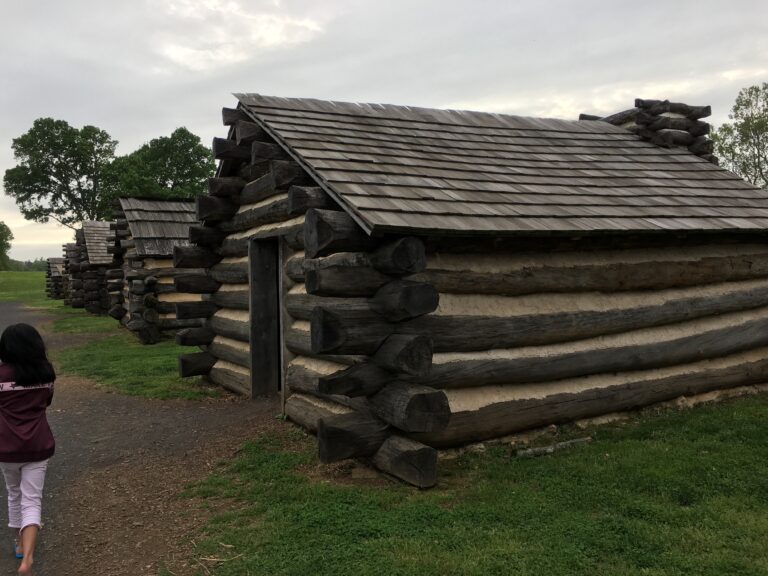Homeschool on a Budget: Affordable Learning
“Can I afford to homeschool?” This is probably one of the most asked questions by families who are looking to homeschool. No worries there are several ways to homeschool on a budget without sacrificing the quality of your learning.
The thought of homeschooling your kids is already a big concept. When you have to include budget, it becomes bigger. Fear not, homeschooling can be an incredibly fulfilling and cost-effective alternative to traditional education. By implementing creative strategies and resourceful approaches, families can provide their children with a high-quality education without breaking the bank.

Affordable Ways for Homeschool on a Budget
Utilize Free Online Resources
Take advantage of the abundance of free educational materials available on the internet. Websites offering free lesson plans, educational videos, and printable worksheets can be invaluable assets for homeschooling families.
In here we have some list of free online resources that you can take advantage of.
How to do it
Go to your favorite curriculum provider and look for their Scope and Sequence. This gives information on what concepts or topics are they including for a specific grade level or age. Use that as a guide so that you have more or less an idea what others might be learning.
Your state, or country – usually the government education department website – also publish outline or learning standards for each grades.
If you are not using grade level, find the scope and sequence of the subject of interest (e.g., Chemistry, Latin History, World Geography, Algebra), in various websites and start from there.
The good news is you don’t have to follow the entire scope and sequence. You can choose which concepts are applicable to each of your child, and learn.
Once you have a guide, you can use the free resources online for the child to learn the concepts.
Museums
The museums are probably the most underrated, yet the most accessible way of learning. This is especially true for homeschoolers who live in the cities. In the cities, most of the museums and libraries are of walking distance or can be reached by a short bus or train ride.
What I love about museums as learning venue is that most museums caters for different kinds of learner. Most provide visual learners a humungous representation of a specific subject. It is feast to the eyes to see everything huge.
For your kinetic learners, some museums provide simulations of concepts. Like on this video below, it simulates what a compound eye look like in insects. Most provide tangible representations that can be touched, smell and play with. Same is true for your spatial and audio learners. Most museums are huge! There are plenty of options to learn.
Many museums offer free or discounted access to educational materials and events. Take advantage of these resources for your homeschool. Bear in mind that most museums have online resources that are readily available as well.
Another cost saving option that we have discovered is through museum membership. Instead of buying science curriculum, buy an annual membership in one of the museums that is a member of Association of Science and Technology Centers. This gives you access to most science museums worldwide. In addition, you will also get discounts to other non-science museums with the membership.
How to learn using museums
Museums are mostly for science and history. These two subjects are best learned through unit studies. Unit studies are learning about a specific topics that lasts for a week or two. They are small enough so that learners can appreciate the learning process.
Search the museum near you if they have exhibit related to what you’re learning. Schedule a field trip towards the start, middle or end of your learning and have your child experience the topic. If museum is free, schedule a visit more than once to the same exhibit you’re learning. This reinforces the topic. I’m sure every visit comes with “aha moments.”
I would recommend taking videos or photos so that you have something to look back to when needed. Plus, it serves as an awesome family trip memory that you can put in an album every year end.
Bonus. Museum is also one of the best places for you to observe your child and see which of the exhibits draws them the most. That might give you an idea on the next topic to learn.
Local and National Libraries
Aside from the free books that you can borrow from the libraries, some libraries provide important state, province or national documents that might be relevant to your child’s history learning.
Have the librarian teach them how to use the catalog, and how to find books using the catalog number. This is a life skill. It will help them navigate huge libraries later on in life especially if they ended up in research work.
Some libraries also come with different types of archive storage like microfilms, tapes, videos, or sound recording. Make sure that you look for these opportunities to learn as this is another life skill worth having. Through these archives, you can look at old newspapers or magazines.
If you are lucky enough most libraries provide some short regular classes that your child can attend to. It ranges from crafts, coding, robotics, reading, and a whole lot more learning ranges. All you need is to sign up ahead of time for these classes.
Not to forget that most libraries have air conditioning or heaters available. So it’s a good place to just come, and learn. Allow your children to explore. This will give you idea what kinds of topics they are naturally drawn to.
How to Learn Using Local and National Libraries
Visit the libraries’s website and look for their events. Chances are there are some events that fits with one of your children. Sign up for what is available and start from them. Some events might work for your learner while some might not. You will know once you tried.
Some libraries also have exhibits specific to a topic. Get to know those as it might spark interest in your child’s learning journey.
Lastly, simply going to the library already get your child to a learning mode. Have them develop a habit of going to the library and have them create their own learning habits and systems.
Local Parks, State Parks and National Parks
Parks are definitely my favorite especially those parks that have specific themes. Some are historical, military, parkways, preserves, battlefields, memorials, and other themes. There are broad range of topics that can be learned through these parks.
If nature is your point of interest, bring with you apps like Picture This to identify the plants or Picture Insect to identify bugs.
Most local and state parks provide information about the ecosystem in the area. You can also find information about the type of soil, rocks, vegetation, river and water systems in the area.
Then there are trails you can hit which provides more learning opportunities. Not to mention that it comes with health benefits. So go pack those picnic baskets, some journal and your imagination!
How to Learn Using Parks
History and Science can be boring, especially if your child has a short attention span or a wandering mind. When that’s the case, you might want to check out some parks near you. Very few kids will find a lame picture of a monarch butterfly in a textbook more interesting than having one land in their hand. While science is everywhere you look, that is most evident in nature, where your child can connect to all the science around them through their sight, touch, hearing and smell.
While there might not be any battles happening or important documents written, being in the place where it all happened can help spark imagination, and questions. Most, if not all historical parks have explanations and information about what happened in the past, presenting itself in a more eye catching way than the simple, dry text your child would’ve stared at for an hour, completely uninterested.
Capitol, City, Legislative, Judicial Halls
If homeschooling is allowed in your country, most likely you have some kind of a democratic or republic kind of government. This gives you access to the government halls where your child will learn how the government works.
To learn about executive system head to the state capitol, city or governor’s hall. Check their website and most likely there is a slot for homeschoolers for a day trip. If not, you can check what is in store when you visit. Simply being there already is a learning opportunity for your child. It gives them idea about how bureaucracy works.
To learn about legislative system, check how our lawmakers pass or rejects laws. Look for bills that currently being discussed and be part of the audience.
To learn about judicial system, try finding a not very sensitive judicial proceedings and have them watch a real proceeding. Make sure you check with your judicial clerk what ages are allowed to watch. This is mostly appreciated by high school aged learners.
Encyclopedias
Yes, they are olden times but do not discount what encyclopedias can give you. It has tons of reliable information that you can use for all academic subjects especially for Science and History. Consider buying a second hand encyclopedia or wait for the next sale – previous year version are usually on sale. Once you have a set in your home, you have resources that would survive you for the next ten years, at the minimum. If buying a set is not an option, there is always on online option.
Here’s a list of both online and real ones encyclopedia you can choose from:
History Channel – anything history. Aside from the actual TV channel that they have, they also have online website that anyone can freely browse through. I particularly like their “This Day in History” and “Topics” sections. It provides relevant topics to present day.
World Book – this encyclopedia sells both digital and real book copy. The digital requires annual subscription while the real one you can get the two year old version at almost half the price of the original one. The online website also comes with free resources.
Britannica – this encyclopedia presents you with group topics. These includes History and Society, Science and Tech, Biographies, Animals and Nature, Geography and Travel, Arts and Culture. It also comes with Money, and Games and Quizzes. It also has a Video section for those who prefer watching than reading.
- Embrace Nature and Outdoors
- Connect with other Homeschooling Families
- Explore Secondhand and Discounted Materials
- Radio and TV Stations (visit the physical station)
- Daily Errands (mail, grocery, gasoline, shopping, over the counter banking)
- Shop the Sale
Shop the Sale
By approaching homeschooling with creativity and resourcefulness, families can provide their children with a quality education while staying within a reasonable budget. With the right mindset and strategic planning, homeschooling on a budget can be a rewarding and successful endeavor.

![Family reading together with title 9 Homeschooling Mistakes to avoid [2024] from my experience.](https://homeschooldomination.com/wp-content/uploads/2024/02/Homeschool-Domination.CommonMistake.02-768x432.jpg)




